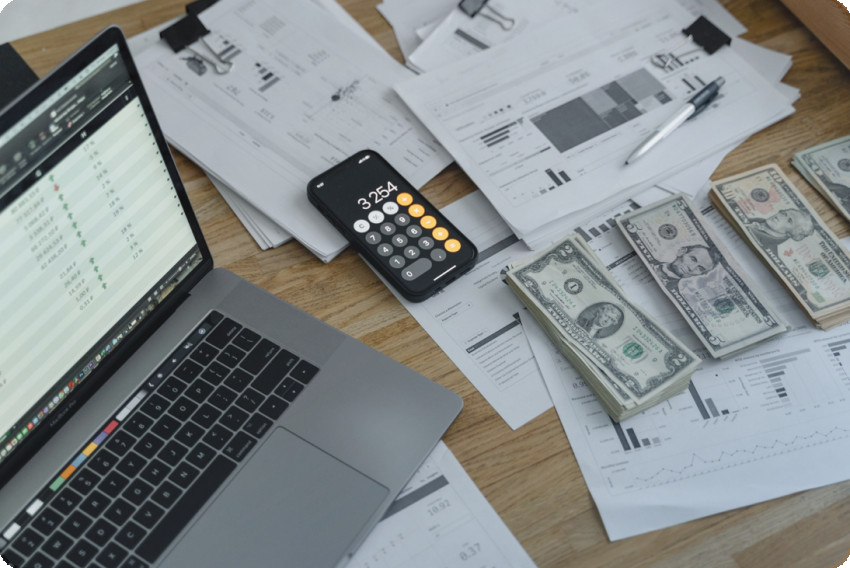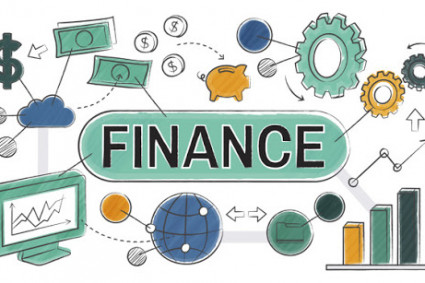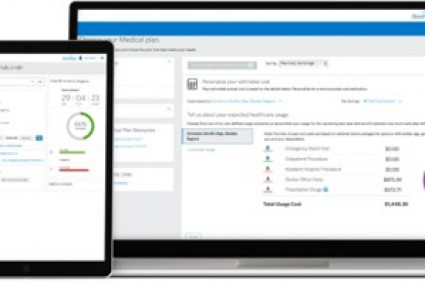
In the ever-evolving world of UK taxation, one term that often confuses people, especially those who work for themselves, is “Payments on Account.” As a self-employed individual, understanding the nuances of tax payments is crucial for financial stability and compliance with HMRC regulations. This article aims to explain Payments on Account in a simple and straightforward way, offering a complete guide for those navigating the tax terrain.
What are Payments on Account?
Payments on Account are like pre-payments for your taxes. If you’re self-employed, instead of paying your entire tax bill at once, HMRC asks you to make two smaller payments during the year. These payments are typically due in January and July and are based on how much tax you paid in the previous year.
How to Make Payments on Account
Making Payments on Account is easy, and HMRC provides different ways to do it:
- Online Payment: Visit the official HMRC website, log into your personal tax account, and use the online payment service to settle your Payments on Account.
- Bank Transfer: HMRC accepts payments via bank transfer. Use the HMRC bank details provided on your statement and include the correct payment reference for smooth processing.
- Direct Debit: Set up a direct debit with HMRC, allowing them to automatically deduct the due amount from your bank account on the specified dates.
When Are Payments on Account Due?
Knowing when your Payments on Account are due is crucial to avoid penalties and extra charges. Here’s the schedule:
- First Payment on Account (January): Pay half of the previous tax year’s liability by January 31st.
- Second Payment on Account (July): Pay the remaining half by July 31st.
Mark these dates on your calendar to ensure you meet the payment deadlines.
How Do I Make Payments on Account?
Follow these steps to make Payments on Account:
- Access Your Personal Tax Account: Log in to your personal tax account on the HMRC website or create one if you don’t have it.
- Find the Payments Section: Once logged in, go to the payments section, select the type of tax you’re paying, and choose your preferred payment method.
- Enter Payment Details: Provide the required details, such as the amount you want to pay and the relevant tax year.
- Choose Payment Method: Select how you want to pay — online, bank transfer, or direct debit.
- Confirm and Submit: Review your payment details, confirm the transaction, and submit your payment.
Understanding Payments on Account is vital for self-employed individuals striving for financial stability and tax compliance. By understanding the concept, payment methods, and due dates, you can handle the tax landscape with confidence.
Yet, if the tax complexity overwhelms you, seeking professional help from experienced accountants for self employed is a wise move. Accountants ensure accurate calculations and offer valuable insights for optimal financial management. As tax rules evolve, having a trusted accounting partner can make a significant difference in navigating Payments on Account and other tax obligations.




